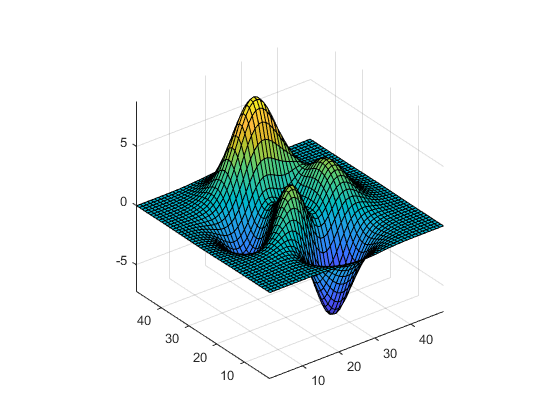camdolly
移动相机位置和目标
语法
camdolly(dx,dy,dz)
camdolly(dx,dy,dz,'targetmode')
camdolly(dx,dy,dz,targetmode,coordsys)
camdolly(ax,...)
说明
camdolly(dx,dy,dz) 将相机位置和相机目标移动指定距离(dx、dy 和 dz)。
camdolly(dx,dy,dz,'targetmode') 使用 targetmode 参量确定如何移动相机:
'movetarget'(默认值)- 移动相机和目标。'fixtarget'- 仅移动相机。
camdolly(dx,dy,dz,targetmode,coordsys) 使用 coordsys 参量确定 MATLAB® 如何解释 dx、dy 和 dz:
'camera'(默认值)- 在相机的坐标系中移动。dx向左/向右移动,dy向下/向上移动,dz沿查看轴移动。MATLAB 根据场景将单位进行归一化。例如,将
dx设置为 1 可向右移动相机,这会将场景推至由坐标区位置矩形构成的方框的左侧。负值按相反方向移动场景。将dz设置为 0.5 可将相机移至相机位置和相机目标的中间。'pixels'- 将dx和dy解释为像素偏移量。此选项将忽略dz。'data'- 将dx、dy和dz解释为坐标区数据坐标中的偏移量。
camdolly(ax,...) 在第一个参量 ax 标识的坐标区上操作。如果不指定坐标区对象,camdolly 将在当前坐标区上操作。
camdolly 设置坐标区的 CameraPosition 和 CameraTarget 属性,而这又会将 CameraPositionMode 和 CameraTargetMode 属性设置为 manual。
示例
版本历史记录
在 R2006a 之前推出
